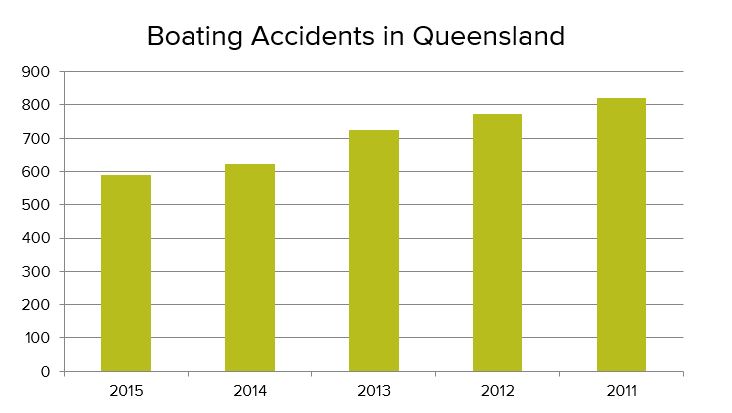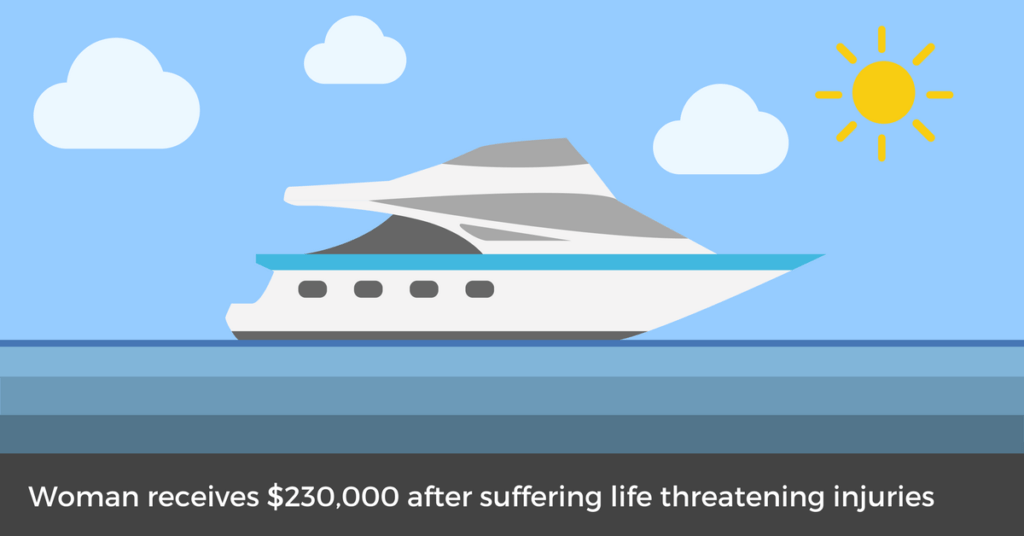Facts
Campbell v Woollard [2012] WADC 48 On 17 November 2007, Kate Campbell and some friends decided celebrate the end of exams and the start of summer holidays by attending a school friend’s party. The party was taking place on Luke Woollard’s fathers speed boat. Kate dragged her friend, Louise along. The two were having a ball, drinking wine and beer alongside the boys and soaking up the summer’s sun. They had all been drinking since 4 pm. The function started at 7 and finished at approximately midnight. After the function, Luke and 2 friends decided to take the speed-boat back home. They took 5 people with them including Kate. Luke was driving the speed-boat and shortly before 1.00 am, it collided with the pylon of an unlit navigation beacon. The seats Kate and Luke were sitting on were torn from their bearings and the left side of the boat was badly damaged. Three of the passengers were thrown overboard and the others were flung about inside the boat. Kate hit face-first into the console in front of her and suffered horrible injuries including a broken ankle, pelvis, vertebrae and jaw, a shattered larynx, torn oesophagus and eight missing teeth. Kate would have died if she didn’t have emergency surgery. Her first 11 days in hospital were spent in intensive care in an induced coma or heavily sedated. After her hospital stay she had a lot of rehabilitation. She recovered from some of her injuries but still suffers from some physical and psychological disabilities.
Boating Accident Statistics
A boating accident like Kate’s is extremely common. Every year thousands of people are seriously injured or killed in a boating accident, many of which were caused by negligence. A large majority of boating accidents involve the driver of the boats drinking alcohol. The table below shows the number of boating accidents for the years 2011 to 2015 in Queensland alone. In 2015, the most commonly reported incidents were collisions between ships (28%), collisions with an object (10%), capsizing (11%) and groundings (12%). Out of the 588 marine incidents in 2015, 98 people were injured including 19 who were admitted to hospital and 7 deaths.

The Judgement
Luke was charged and convicted. He was sentenced to a suspended term of imprisonment and ordered to perform 120 hours of community service. Kate said that the collision was Luke’s fault because he drove the speed-boat without keeping a proper lookout and was driving too fast. Luke said that he was too drunk to safely drive the speed-boat and that Kate knew this but still went on the speed-boat knowing the risks. He said because she knew he was drunk he did not owe her a duty of care and also was not responsible for her injuries. Further, Luke says that Kate was guilty of contributory negligence which means he thinks Kate contributed to her injuries by failing to take responsibility for her own safety. He says that she knew he was drunk. He says she turned down other offers of a lift home. He said she knew it was dark and should have known he was too drunk to drive the speed-boat properly. It is up to Luke to prove that Kate should be held partly responsible for her own actions and injuries. Likewise it is up to Kate to prove that Luke should be held responsible for causing the accident and her injuries.
The Decision
The Judge considered Luke’s defences of ‘no breach of duty’ and ‘voluntary assumption of risk’. In doing this he considered other cases relating to a passenger who accepts a lift with a driver known to be seriously drunk. He said:
“The Court must be satisfied that the passenger not only knows, but also accepts, that he or she is to be driven by a driver who is seriously intoxicated (drunk). So, the passenger must make a decision to travel as a passenger with a drunken driver, who to the knowledge of the passenger has an impaired ability to drive.”
Further, he said that the defence of ‘voluntary assumption of risk’ differs from the ‘no breach of duty’ defence in one important way, namely the passenger must have fully known the risk of what happened and accepted it. He said a person is not liable for harm caused by them to another person if the other person engaged in a dangerous recreational activity and there is an obvious risk of harm when doing that activity.
Dangerous Recreational Activity (def.): A recreational activity is an activity engaged in for enjoyment, relaxation or leisure. The term dangerous recreational activity means a recreational activity that involves a significant or obvious risk of harm.
An obvious risk of harm means a risk that would be obvious to a person even if the chances of it happening are low. There was nothing to indicate to any of the passengers that there was any risk of harm in riding in the speed-boat. The risk of an object being hit (like the beacon) in the protected waters of the river was very unlikely. There was nothing to indicate that any great harm could come to anyone even if anything went wrong. It was the Judge’s opinion that the level of risk associated with Luke’s drunkenness was very low. He said...
“None of the passengers were negligent in accepting a ride in what was expected to be a leisurely cruise in a boat over known and basically deserted protected waters.”
The Judge found that Kate was intoxicated to some extent, but in no way did she place herself at risk. She was alert to the need to take care for her own safety. Therefore he didn’t consider Kate contributed to her own injuries by not taking care for her own safety. Kate’s total award was $229,627.
Expert’s Opinion
The decision of the Court is useful for people who have been injured in an accident who have accepted a lift with a driver known to be seriously drunk. A lot of factors need to be taken into account, for example:
- How drunk the driver is
- How drunk the passenger is
- The passenger’s knowledge of how drunk the driver is
- The passenger’s appreciation of the driver’s level of impairment and/or intentions
- The passenger’s other options available instead of accepting a lift with a driver who had been drinking
Just because you accept a lift with a person who is drunk it doesn’t been you are not able to make a claim if you are injured in an accident.
The Consequences
This decision is a positive outcome for people that are involved and injured in an accident when they have accepted a lift with a person who has been drinking.
Written by Chandelle Whitney | Associate

